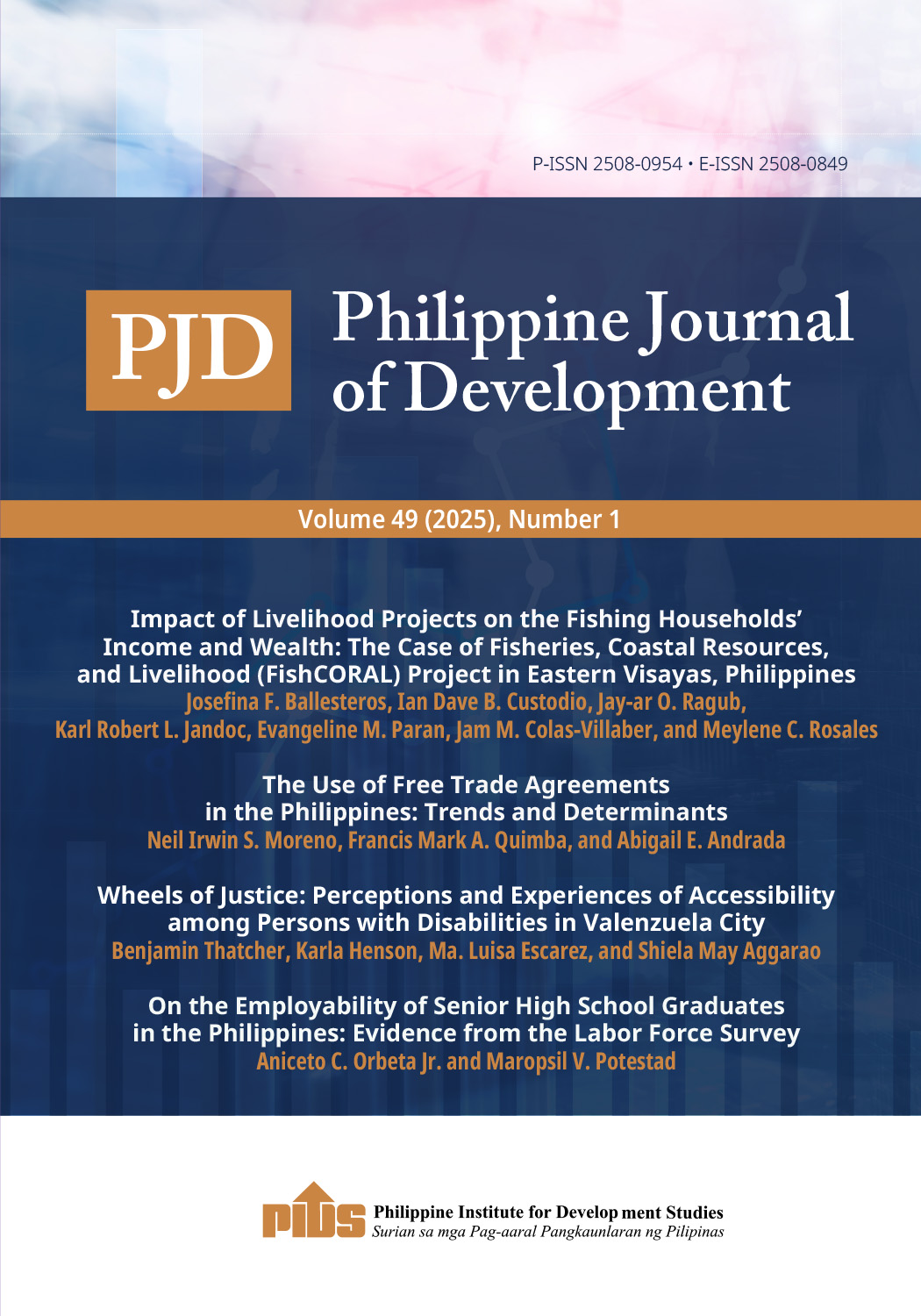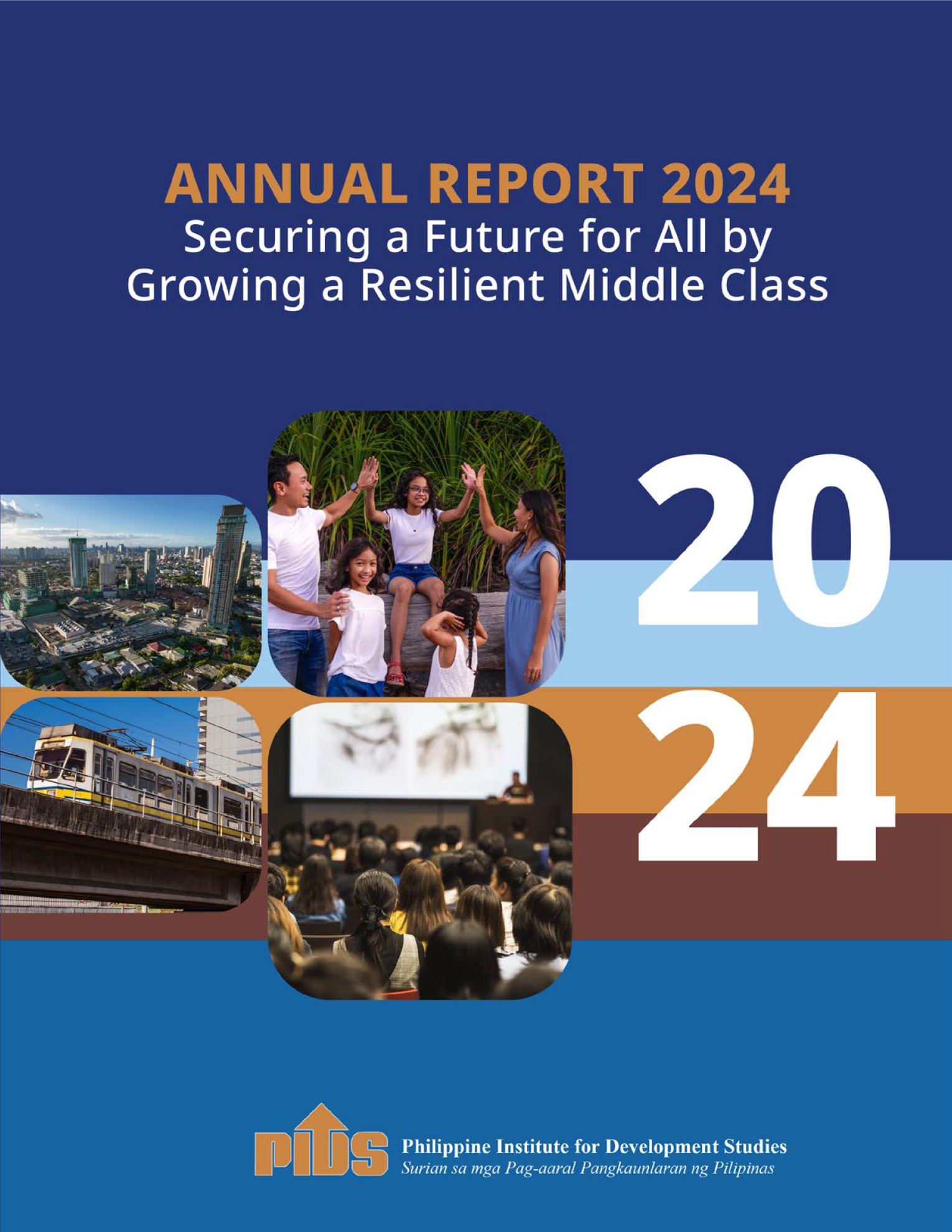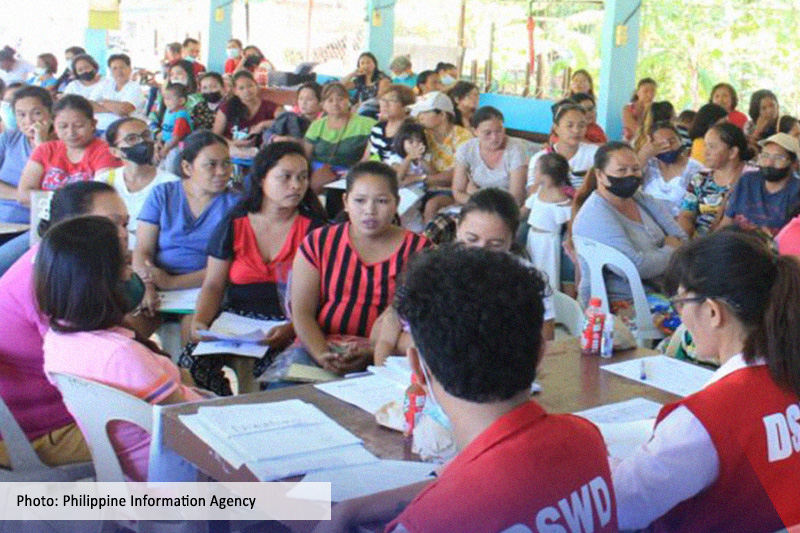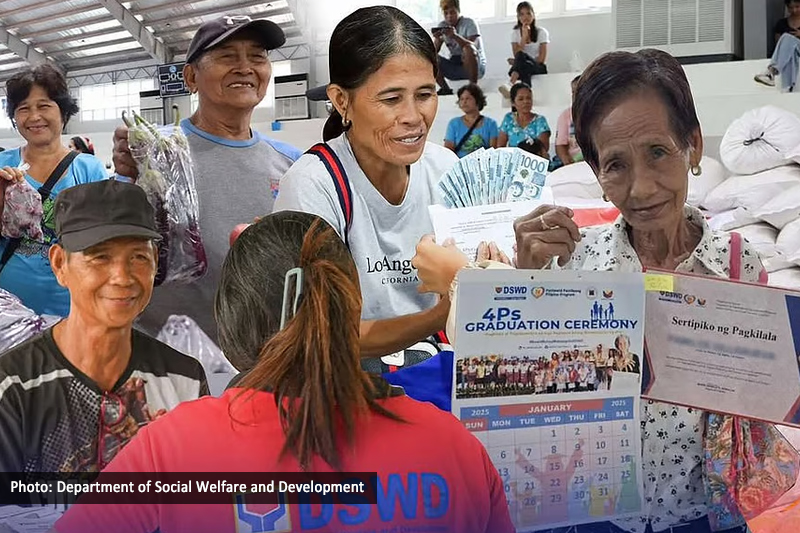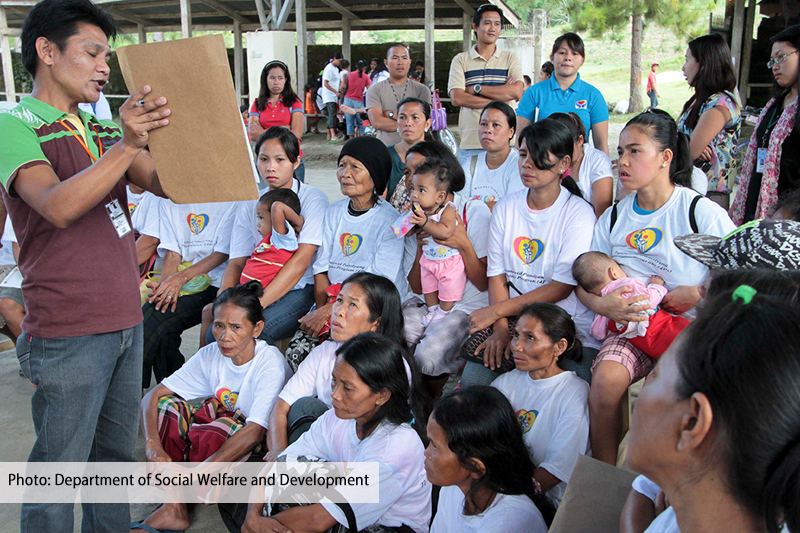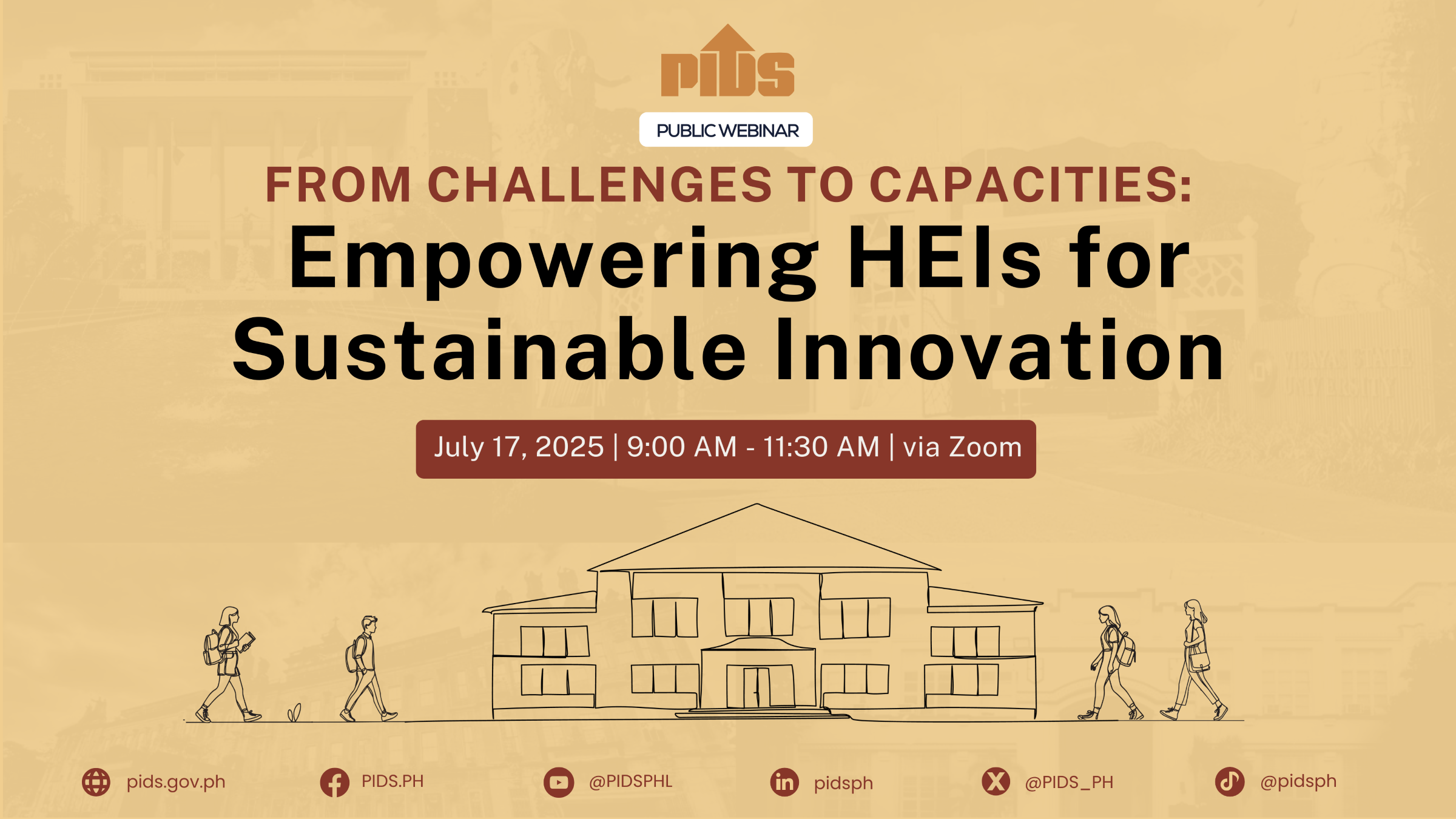The paradox of the country’s tax system is not lost among our government officials. After all, the main catalyst behind the tax reform program was the need to overhaul the current tax system and make it simpler, fairer, and more efficient. Despite having one of the highest tax rates in the region, the Philippines fares poorly in its revenue collection efficiency. The country’s value-added tax (VAT), for instance, is at 12%, compared to 10% in Indonesia and Vietnam, 7% in Thailand, and 6% in Malaysia. While the Philippines has the highest VAT rate, it also has the most number of exemptions and zero-rated transactions, which explains its low VAT effort.
With regard to Personal Income Taxes (PIT), the country has the second highest PIT rate after Thailand’s and Vietnam’s 35%. Indonesia imposes a PIT rate of 30%, Malaysia at 26% and Singapore at 20%.
Corporate Income Taxes (CIT) in the Philippines — the focus of the second package of the tax reform program — is also the highest in ASEAN. The Philippines’ CIT rate is at 30%, but collection efficiency is low at only 12.3%. In contrast, Thailand’s CIT is only 20%, but its collection efficiency stands at 30.5%. The common narrative here is that the tax base is eroded by numerous exclusions.
But the number of exemptions is not the only culprit behind the low revenue collections. The country’s revenue collection agencies regularly miss its targets, indicating the need for serious bureaucratic reforms.
Although the tax administration provisions under the recently enacted Tax Reform for Acceleration and Inclusion (TRAIN) addresses some of the loopholes in our tax system, the government should also work double time in addressing serious tax leaks.
Despite growth in its revenue collections, the Bureau of Internal Revenue (BIR) fell short of its P1.68-trillion target by around P59 billion, collecting P1.62 trillion for the first 11 months of the year.
The Bureau of Customs (BoC), which is now under the leadership of Isidro Lapeña, has reached record-high collections after the commissioner took office in September. Monthly collections since then have also averaged at P40 billion, a marked improvement from the P35 billion collected monthly before Lapeña’s term. While this is a remarkable improvement, collections have yet to achieve the required monthly target of around P50 billion from September to December to reach the full-year goal of P468 billion.
Imposing new taxes or increasing tax rates is an easier way to fill the revenue gap, while keeping the fiscal deficit in check. The TRAIN levies higher or new taxes on oil, sugar-sweetened beverages, and automobiles to compensate for the income tax cuts.
For these key revenue-generating provisions, the government may have underestimated its inflationary effects on the average consumer.
Last week, the central bank noted that it may have to reassess its inflation forecast to account for wage hike petitions and indirect inflationary effects resulting from TRAIN.
The TRAIN also covers a host of additional taxes, ranging from cosmetic procedures to coal, to compensate for the watered-down provisions of the Department of Finance (DoF) proposal. Most of these provisions were hastily added in the Senate version of the bill, and later, in the bicameral version, without thorough studies and without conducting public consultation for some of these measures. Unfortunately, the revenues generated from these measures may help close the gap but would also add to the administrative burden of our already beleaguered revenue-collecting agencies.
Of course, tax reform is vital to enable the government to adequately finance backlogs in public investments, particularly crucial infrastructure projects. The incremental revenues from the tax reform, estimated to reach P90 billion in 2018, will be used to fund the investment gap. By the government’s estimates, P1.1 trillion, or half of the total investments, is needed for the infrastructure sector until 2022. The next challenge for the government will then be to maximize its improving fiscal space to make the necessary productive investments.
Since Duterte took office, the infrastructure budget has ballooned, with infrastructure spending targeted to reach at least P8.3 trillion or 7.3% of the GDP by 2022. A government official recently declared that 2018 is the rollout year for the flagship projects. Indeed, the P3.8-trillion national budget reflects this priority, with around one-third of the budget allocated to the sector. The Department of Public Works and Highways, tasked to construct and rehabilitate infrastructure projects, also received the highest allocation among all government agencies.
However, larger budget allocations should be matched with faster government spending.
While disbursements have started to pick up pace towards the end of 2017, the Department of Transportation’s disbursement performance is still below the national government agency average.
Moreover, a 2017 study authored by Epictetus Patalinghug — a trustee of Stratbase ADR Institute — published by the Philippine Institute for Development Studies, noted that the government has to address the low efficiency rate of public transport spending and endemic corruption before increasing infrastructure spending. The study also cited systemic issues that the government has yet to remedy, including lack of skills for oversight, in project preparation, and documentation.
With these challenges, and with four more tax packages in the pipeline, the architects of our tax reform program should focus on addressing loopholes, simplifying compliance, and revisiting tax exemptions or privileges that no longer serve their purpose, among other tax administration issues, to cover needed revenues and justify the new taxes — measures that would truly reform the tax system.
Weslene Uy is a Senior Economic Research Associate of the Stratbase ADR Institute.

